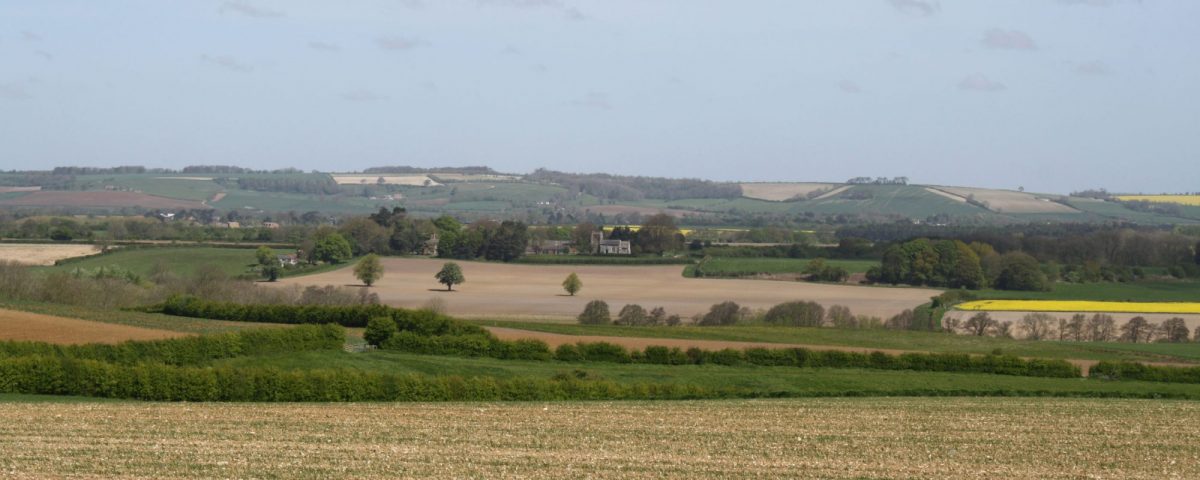The influence of people on the landscape
Topic 3: The influence of people on the landscape
As people live in a place, they change it. In this section we will look at the clues left behind as people change the landscape.
Buildings
The most obvious clues people leave in the landscape are the buildings they construct.
In Lincolnshire, we have standing remains of buildings dating back as far as the Roman period, we also have Anglo-Saxon churches, medieval monasteries, post-medieval timber framed houses, modern brick terraces and concrete pillboxes. All of these tell a different story about how the landscape was used, and the events that took place there.
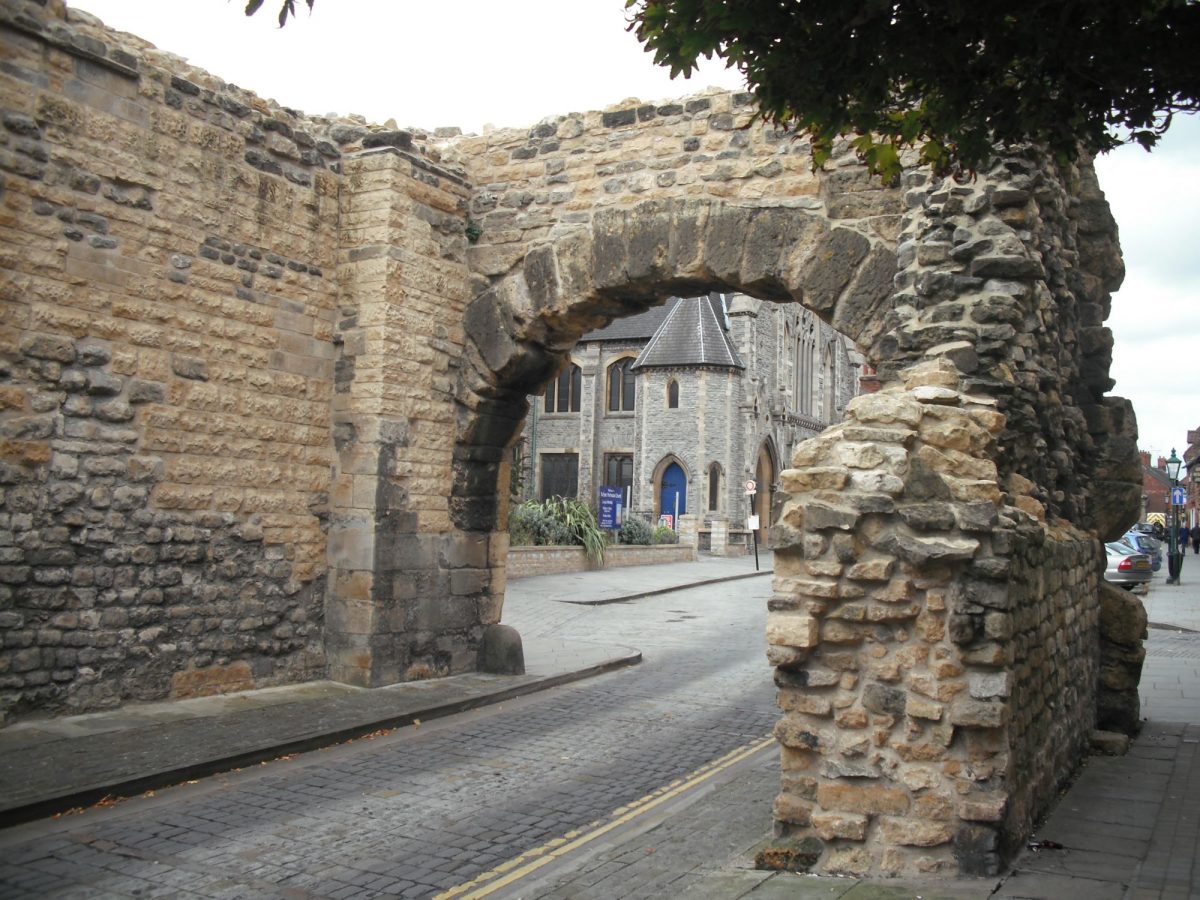
Roman remains
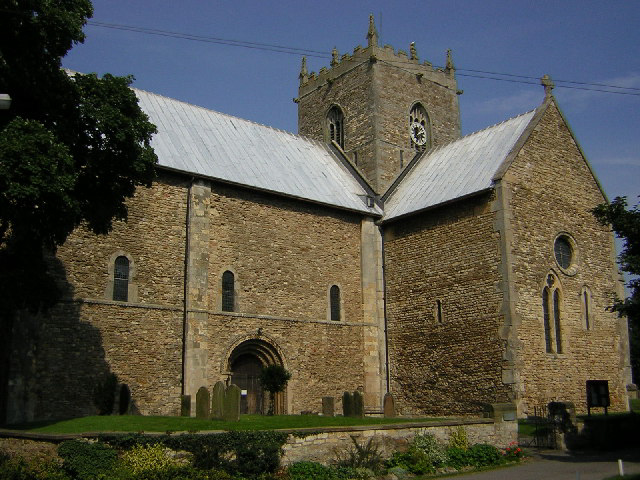
Anglo-Saxon churches
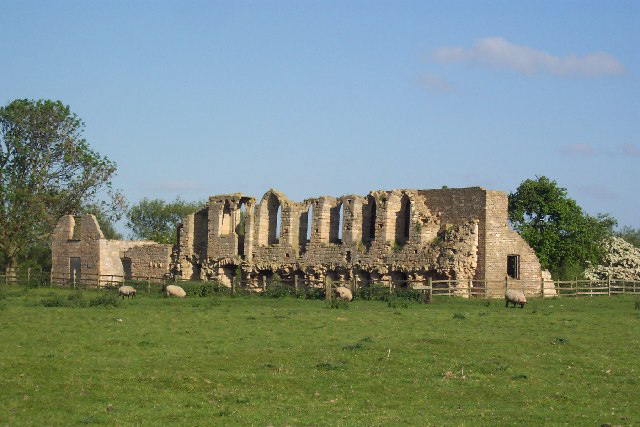
Medieval monasteries
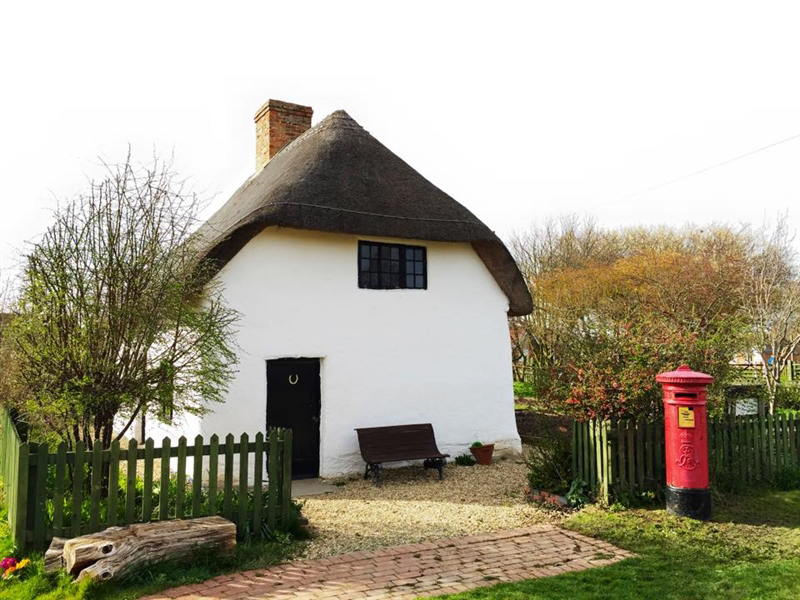
Post-medieval timber framed houses
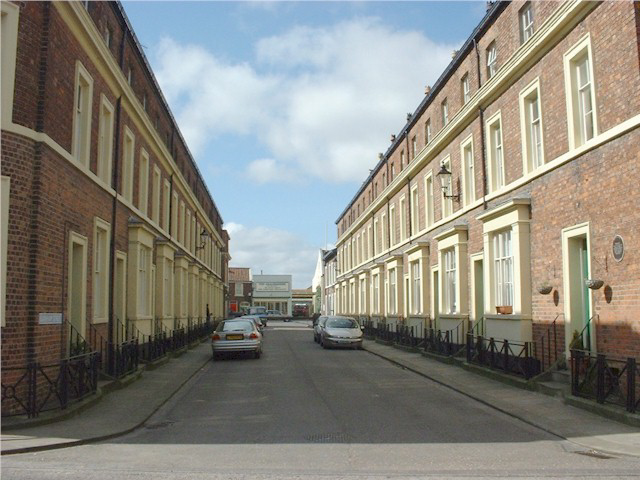
Modern brick terraces
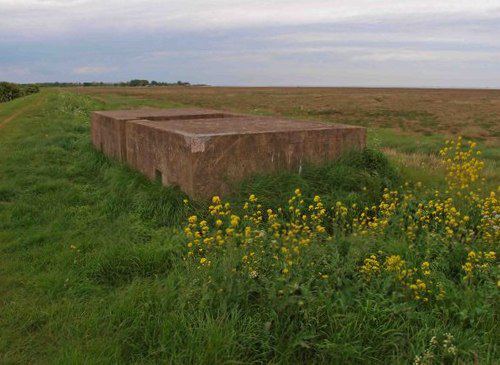
Concrete pillboxes
Vegetation
Another visible sign of people’s activities is the vegetation.
People have modified the landscape to promote a particular agricultural regime, this has resulted in historic hedgerows, the remains of ancient woodland and the addition of plantations, sometimes of non-native species. In some places, the landscape has been planted and arranged into formal gardens, using groups of trees to screen areas, or to frame particular views:
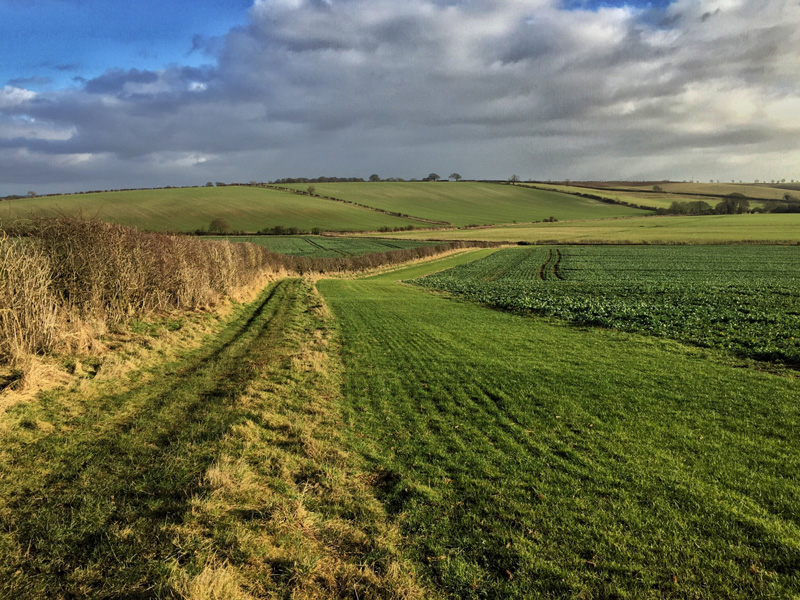
Hedged fields, Binbrook
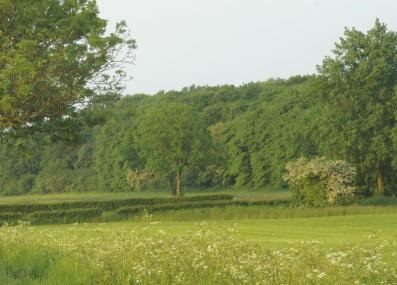
Ancient woodland, Bardney
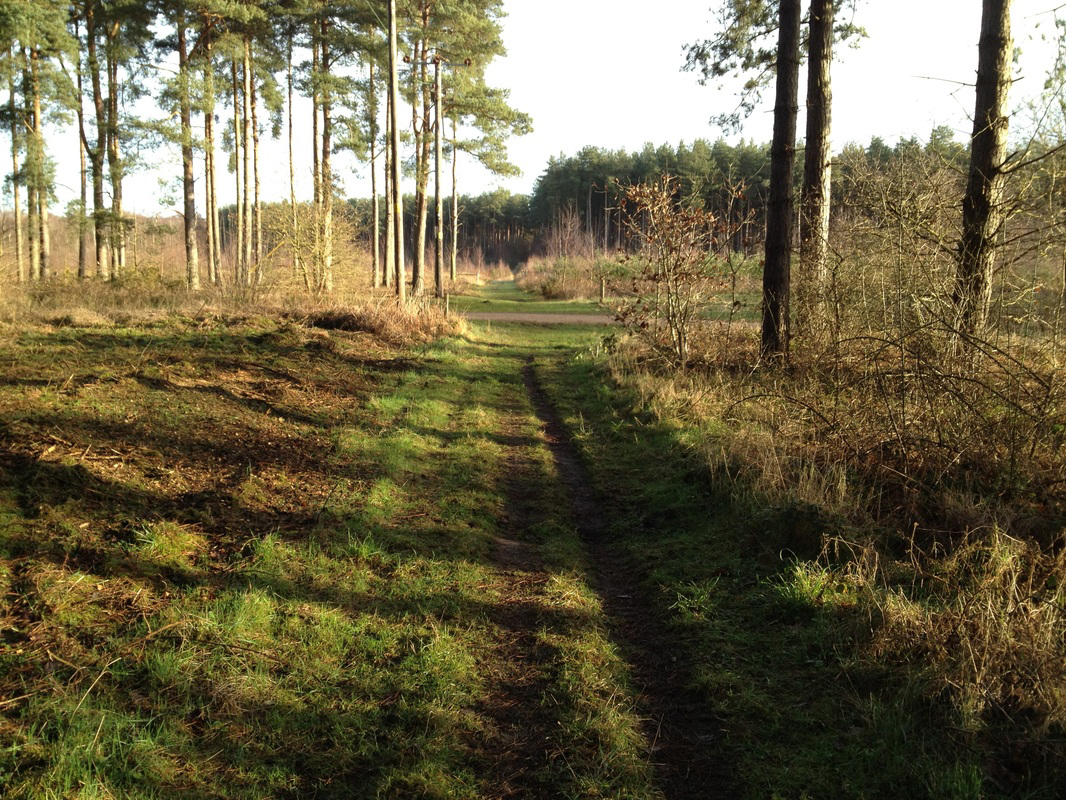
Willingham Woods, 20th century pine plantation
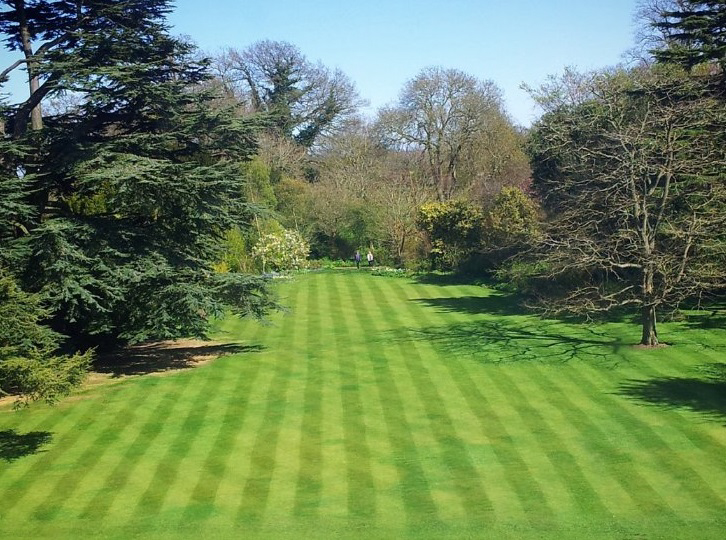
Ornamental garden at Gunby Hall
Humps and bumps
Sometimes you can see humps and bumps in the ground, which can suggest past activity on the site. Humps and bumps come in many forms, and can be caused by a variety of things.
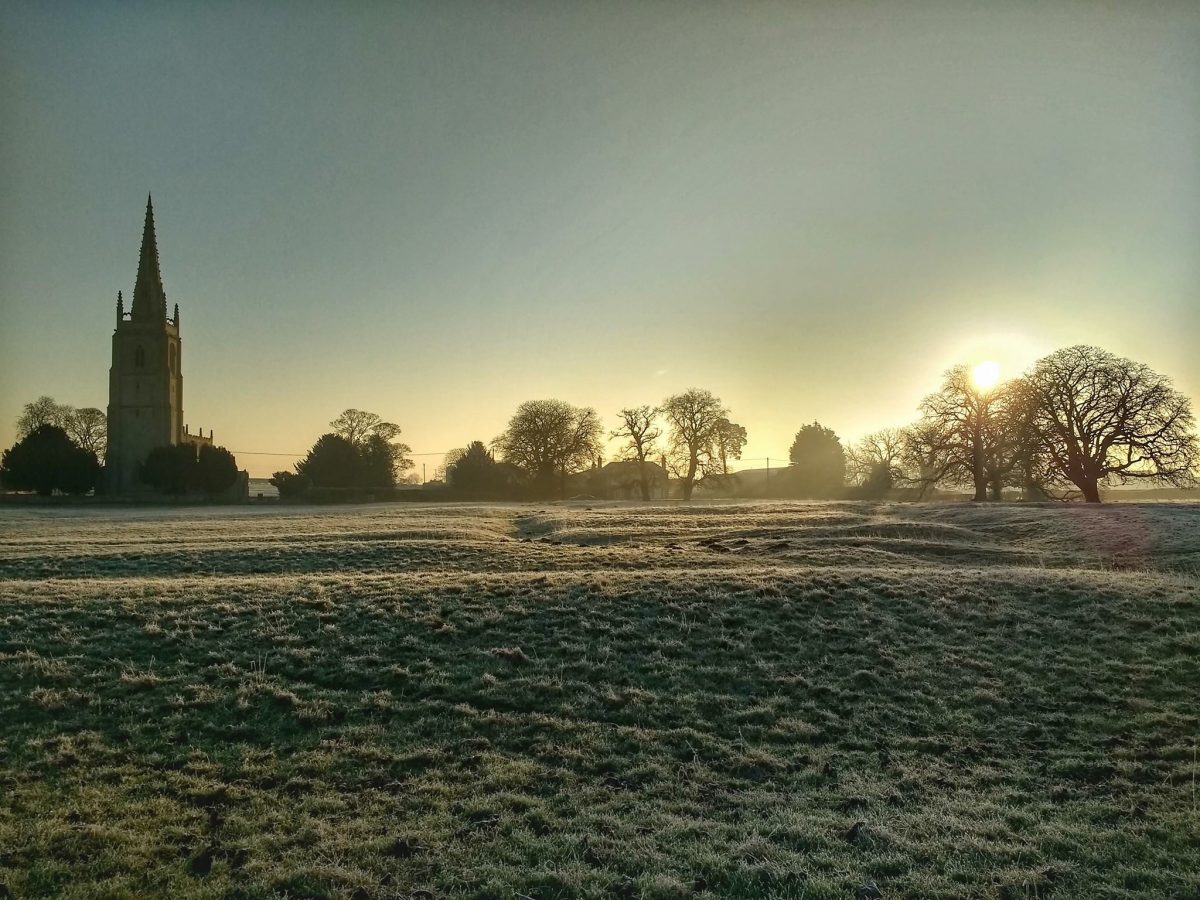
Asgarby medieval remains
Ridge and furrow
These parallel ridges seen below are known as ridge and furrow, and are formed by medieval or post-medieval ploughing.
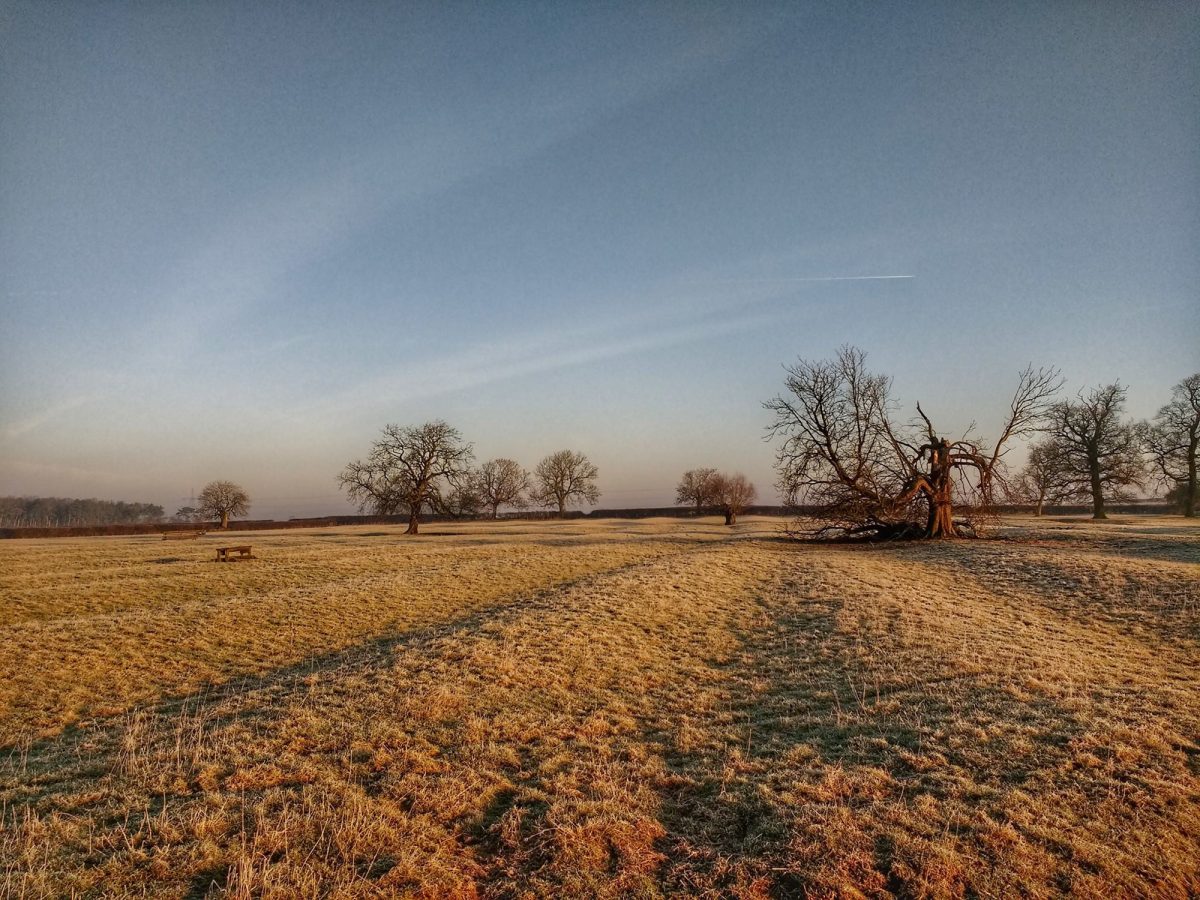
Ridge and Furrow at Asgarby.
Hollow ways
Broad linear hollows, like the one in the photograph above, are known as hollow ways and indicate the position of former roads. Ditches are usually narrower, and deeper than ridge and furrow, and often form part of field boundary.
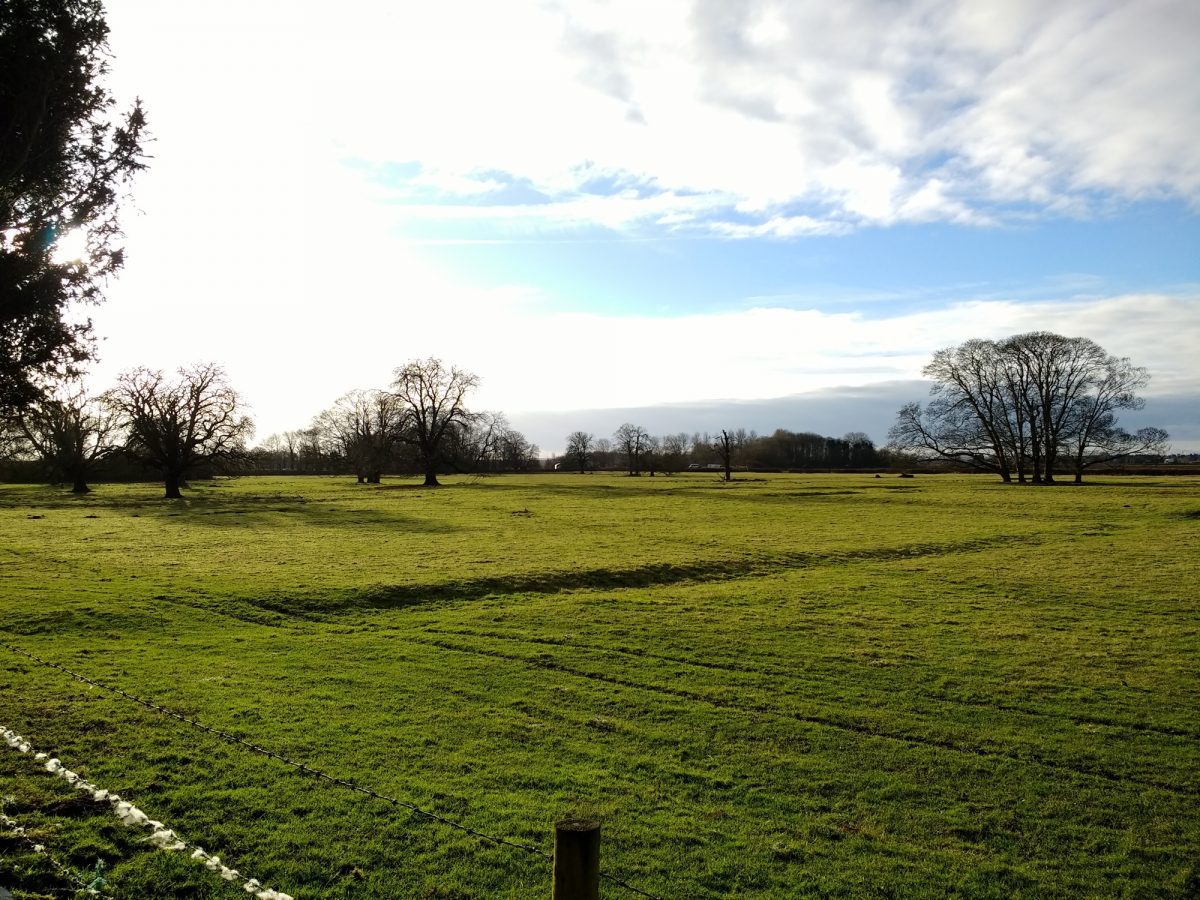
Hollow way at Asgarby
Tofts and Crofts
Tofts and crofts is the name given to regular sub-rectangular platforms and enclosures that indicate the presence of medieval houses and properties.
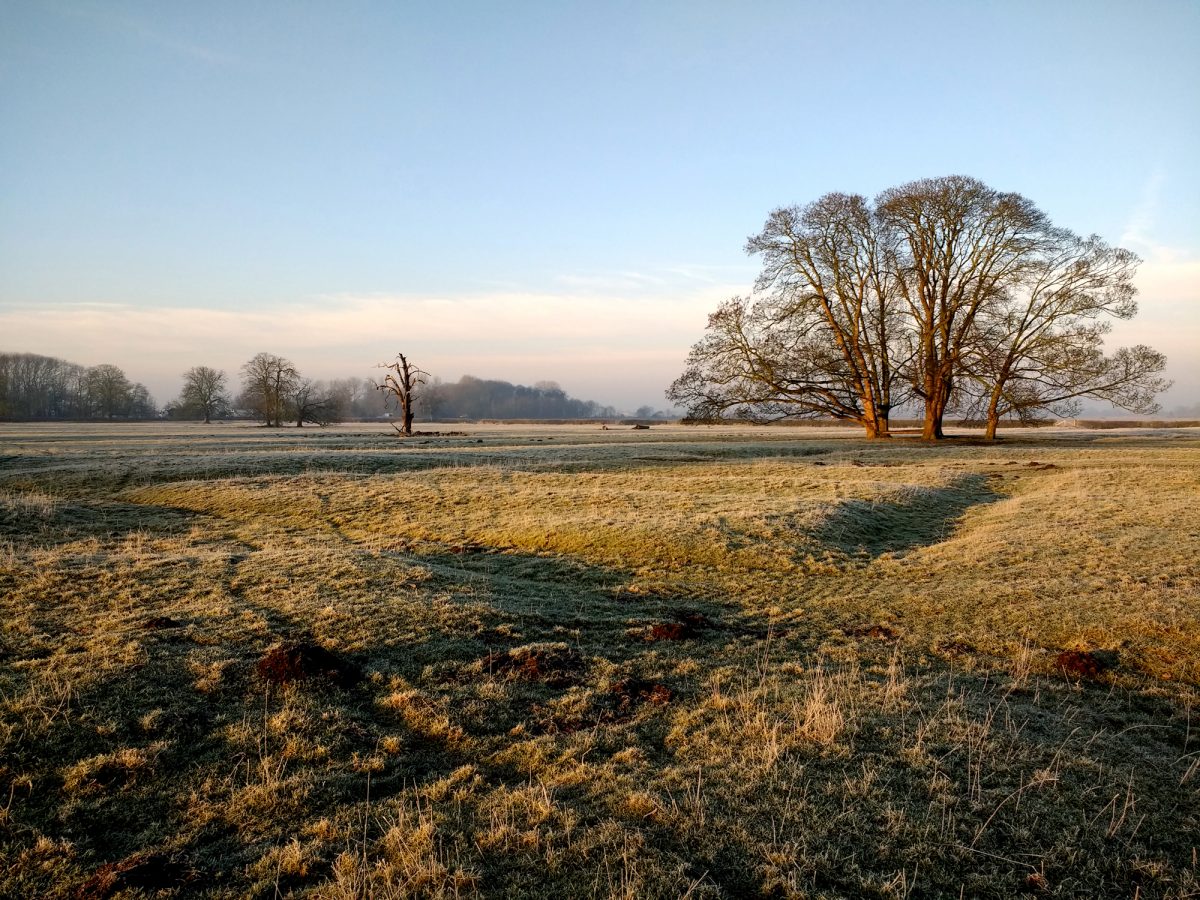
Tofts and Crofts at Asgarby
Mounds
Mounds and hollows can be created for a number of reasons, such as mill platforms or burial mounds.
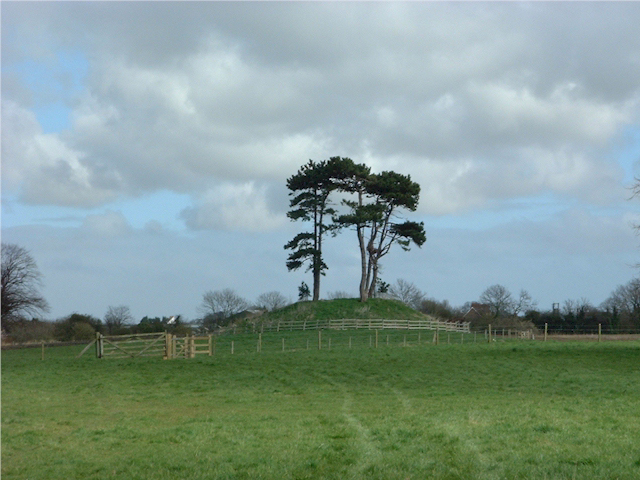
Mound, of uncertain function, north of Wainfleet
Other clues
As well as humps and bumps, sometimes peoples past actions can leave behind other clues.
Grass outlines
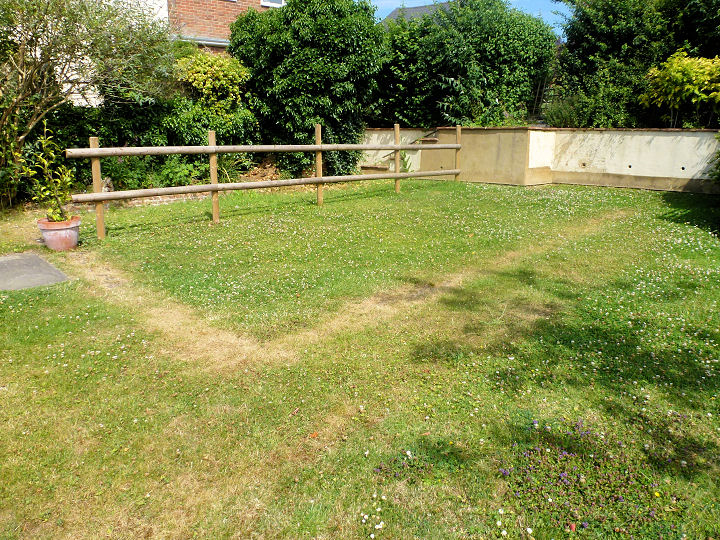
Parched grass outline
In this photograph the position of a chapel wall can be seen by the line of parched grass on the lawn.
Soil marks
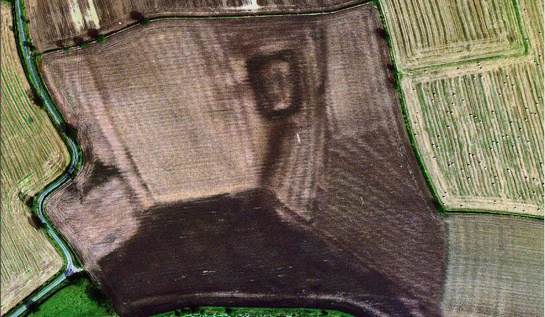
Soil marks
In this picture of a newly ploughed field, it is possible to see the outline of a moated manor, fields and ridge and furrow, these are called soil marks.
Objects
Finally, people can leave behind objects, or fragments of objects. These can provide clues about when a site was in use, and what was happening there.
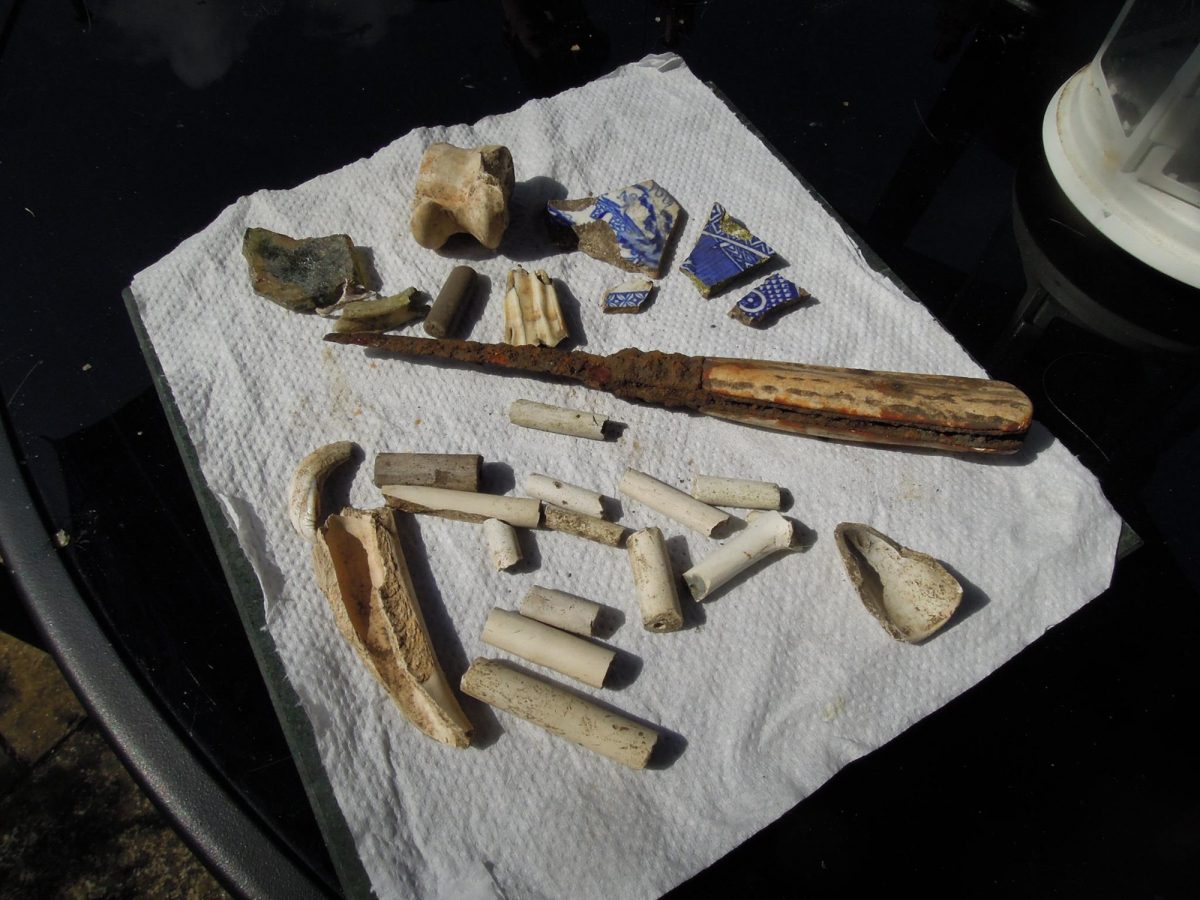
Finds
All of these clues, combined with research can create a comprehensive picture of what people were doing on a site.

